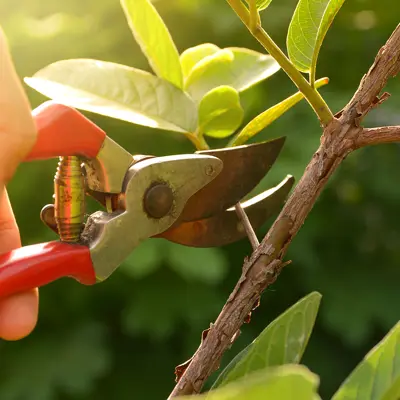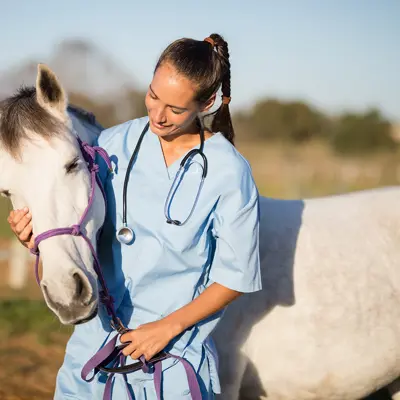Research Partnerships
Peace Country Beef and Forage Association (PCBFA)
Saddle Hills County is excited to be working with the Peace Country Beef & Forage Association on a number of projects and workshops in the County in the upcoming months.
The variety trials will be re-seeded each year, to see how the annual crops perform in varying weather and moisture conditions, while the hay land projects will be monitored for the remaining time after the different methods are implemented, to measure the effects of each treatment and see how long the effects last.
For information on upcoming workshops stay tuned to the Saddle Hills County website, social media pages, and events calendar, and check out https://www.peacecountrybeef.ca/
Project 1 (A&B): Field-scale Evaluation of Methods of Perennial Rejuvenation: Re-seeding Pasture Stands without Killing off Existing Plants
Purpose & Objectives
The high costs associated with terminating and re-establishing unproductive forage stands are making livestock producers look at other strategies or rejuvenation methods that are practicable and cost less without taking land out of production for one or more years.
The goal of the project is to provide evidence-based information that is applicable to the producers in Saddle Hills County. The objective is to investigate practical and cost-effective perennial rejuvenation methods on pasture and Hay land through reseeding without killing off existing forage stands or broadcasting fertilizer
Long strips in a randomized complete block design with 3 replications will be used in on-farm trials. The width of the strip will depend on the seeders that will be available. A minimum of one seeder pass will be used for the width of the strip.
Treatments to be investigated on Pasture Field (Trial A)
- Control or check strips – no seeding at all.
- High stock density grazing (HSDG, to create a mob grazing effect), followed by direct seeding with a no-till drill. The treatment will not be grazed for the rest of the year following HSDG and seeding.
- Broadcast seeding + HSDG. The treatment will also not be grazed for the rest of the year following HSDG and seeding.
- Pasture seeding during grazing – Feed legume pasture seed blend with minerals (legume seed +minerals) during grazing in spring. The legumes will include cicer milkvetch, which is known for its hard-coated seed.
- Broadcasting fertilizer in the spring.
Treatments to be investigated on Hay Land (Trial B):
- Control or check strips – no seeding or fertilizer application at all
- Stand suppression + spring seeding- Use glyphosate to suppress existing plants before or after direct seeding with a no-till drill in spring, which will also take advantage of existing soil moisture.
- Dormant and frost seeding - Direct seeding with a no-till drill before soil freezes – late October.
- Summer seeding – Direct seeding with a no-till drill soon after haying in late June/early July
- Broadcasting fertilizer only in the spring
40% Grass and 70% legume seed mixture will mostly be used.
Best management practices will be followed, and these will include grazing of seeded stands, seeding rates, legume inoculation, soil fertility tests, and spraying (where applicable).
Data Collection & Deliverables:
- Establishment history and management of forage stands
- Baseline data for meaningful comparisons - Initial pasture inventory, soil texture, soil fertility, and soil health
- Stand establishment success rate following treatment implementation
- Forage yield improvement
- Forage quality improvement
- Diverse plant (botanical) composition
- Extended summer grazing
- Improved profit per acre - An economic analysis consisting of costs of production and the economic return of each treatment will be conducted. Dry matter yield will be assigned economic value based on current AFSC forage survey data.
A cost/benefit ratio analysis will be carried out. Other important calculations will include:
- Forage dry matter yield per dollar ($) spent on seed and seeding.
- Dollar ($) spent per ton of CP (to determine best protein options).
Project duration: Minimum of 3 years
Project 2: Varieties of Grain Crops for Saddle Hills County
This project will conduct a variety of trials on crops such as peas, canola, and wheat, which are commonly grown under Saddle Hills conditions. These variety testing trials will provide unbiased information to producers about the agronomic performance of varieties. Important agronomic characteristics and disease resistance information will be provided with the goal of assisting producers in selecting field crop varieties best suited to Saddle Hills County.
This project will involve the step-by-step implementation of effective trial methods and data analysis in determining the best varieties.
Experimental Design: Randomized Complete Block Design with four replicates.
Crops and number of varieties to be tested (based on commonly grown and industry recommendations):
- Peas - 12
- Canola - 12 (Roundup Ready (6), LibertyLink (4), and Clearfield (2))
- Wheat - 12
- Barley (feed and malt) - 12
- Oats (milling) - 12
Plots Size: Small plot (1.14m x 8m)
Seeding Date: Aim to seed as early as possible in May.
Desired Plant Population: To follow recommendations from AFF, AWC, ABC, and ACPC.
Seed Treatment: Appropriate seed treatments will be used for peas and cereals.
Pea Inoculation: Granular inoculant @ 4.45-5.5 lb/ac at time of seeding with the seed.
Fertilizer application according to soil test recommendations for average crop yields.
Herbicides: To follow the Alberta Blue Book recommendations for pre-seed burn-down, pre-emergent, in-crop, and pre-harvest (if necessary) chemical applications.
Fungicides: Foliar applications of fungicides (apply as part of the best management practices).
Data Collection & Deliverables:
- Background site information: Cropping history and soil test information (including soil texture, organic matter, pH, nutrients)
- Precipitation
- Plant emergence count
- Vine length for peas - when flowering has ceased. 2-4 measurements per replicate.
- Date of physiological maturity
- Standability - at physiological maturity at (1 - Erect, 9 = Flat).
- Grain/Seed yield and protein content, and grain yield components (seed weight and test/bushel weight).
- Water use efficiency - The amount of soil water used (WU) will be calculated as the difference between spring soil water at seeding (0-6”depth) and soil water measured soon after combining (harvest) of each crop, plus the growing season precipitation (seeding to harvest). Water-use efficiency (WUE) will be determined from the formula = grain yield/WU.
More Information:
Contact Us
Saddle Hills
Junction of Hwy 49 & Secondary Hwy 725
RR1, Spirit River AB
T0H 3G0
T. 780-864-3760
Fax 780-864-3904
Toll-free 1-888-864-3760
frontdesk@saddlehills.ab.ca
Sign up to our Newsletter
Stay up to date on the Saddle Hills activities, events, programs and operations by subscribing to our eNewsletters.




